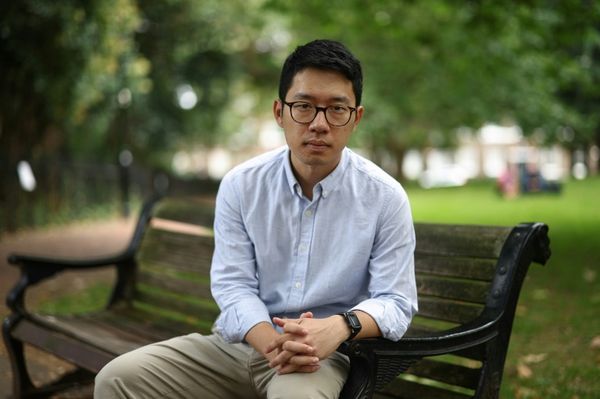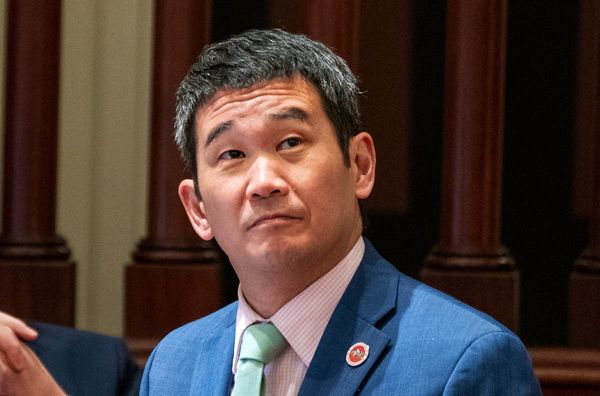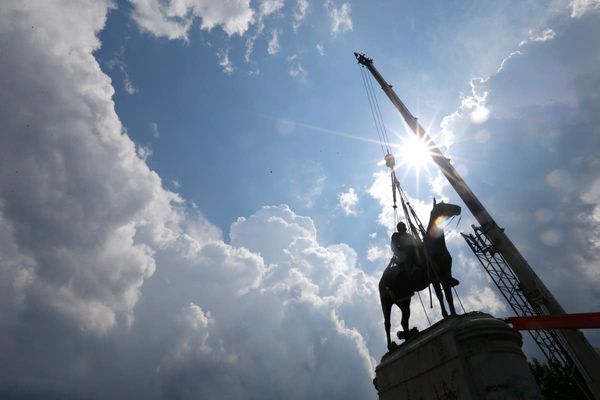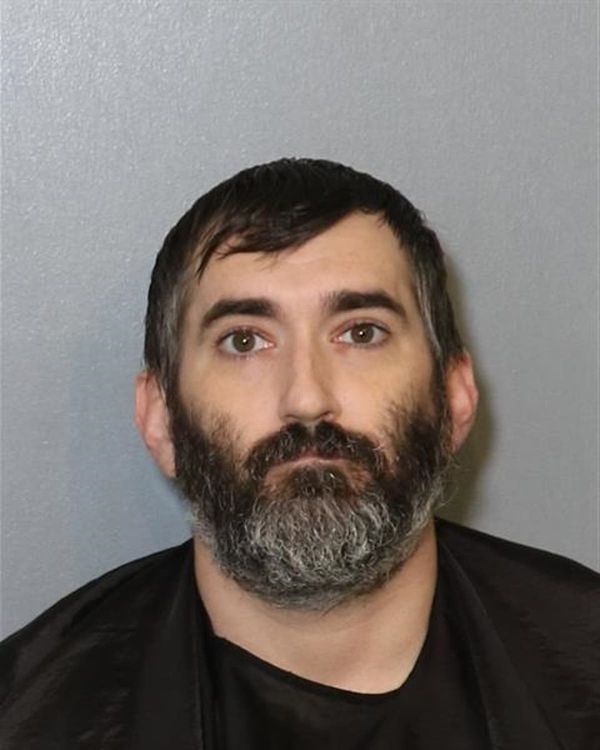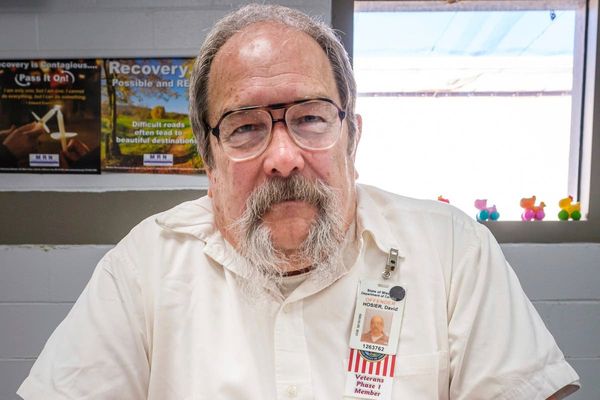There is nothing like having a global spotlight suddenly shone on Ireland to make us see how some things once deemed acceptable or excusable at home are shamefully far from being either. By now, you’ll probably have seen the video circulating of the lone black child in a lineup of white children at a medal ceremony for a gymnastics competition in Ireland. Each of the white children in the lineup is presented with a medal. The black child is ignored. I recognise my childhood self in her pride and eager smile as the medal moment approaches. Then the excruciating confusion and bewilderment as she waits, her expression eventually settling into one of quiet disappointment – and wounded resignation.
I was an eager, enthusiastic child too, but the pervasive and insidious racism I experienced growing up in Ireland, the sense of shame and humiliation that comes with being repeatedly overlooked, disregarded, told that you are inadequate or inferior, made to feel ugly or small or worthless, or singled out or indeed overscrutinised as I so often was, guaranteed that I reined in my enthusiasm. By the time I reached my teens I had learnt to largely hide my true feelings behind a mask. I was scared to let people know how I really felt in case they disappointed or hurt me; much better to erect a frosty, cynical exterior than subject myself to the potential for more humiliation.
In Don’t Touch My Hair I wrote about the hypervisibility of growing up black in Ireland in the 1980s and 90s. Ireland is no longer the monocultural space it was then. It has been transformed in many ways: a country of almost no immigration is visibly multicultural. Some 20% of its residents were born somewhere else.
So I would have hoped that such hypervisibility was not the experience of black children in Ireland today. Because the paradox of the video frames is shocking: the child seems simultaneously to be hypervisible, the only black girl in a line of white; and yet to the adults around her, she might as well be invisible. It is as if the official handing out the medals, the coaches and other authority figures, perhaps even those adults watching from the stands, refuse to see her.
It should go without saying that this incident alone, in March 2022, would have been distressing enough for the child. What happened subsequently added insult to injury and makes me worry about the wider understanding of systemic racism in Ireland. That the US gymnast Simone Biles reached out to the child and later went public, calling the video “heartbreaking” before the family received any meaningful official response should be a cause of deep shame for the various bodies that run Irish sport.
Not only was there no public commitment to protecting all black children from racism in sport, as the family wanted, the matter was batted away as the failings of an individual whose medals had got “tangled up”. The family were even told by figures from Sport Ireland, the country’s sporting authority, that what happened was not a racist incident.
In the Ireland I grew up in, racism was largely received from others: from my peers, but also, as in the junior gymnast’s case, much of it at the hands of adults. By the time I was 14 I had been called the N-word so many times I lost count, I’d been punched and racially abused by a camp counsellor, denied entrance to teen discos on account of being a “black bastard” and prevented from being class captain. A classmate’s mother once gathered a group of my schoolfriends together to give them a pep talk on why, owing to my cultural background, I was an unsuitable friend for “normal” Irish girls. All on top of the general pressure and insecurity of being a teenage girl.
Racism in my childhood was also forcefully denied, its existence completely absent from the public discourse. It is the cumulative effect of the denial of racism that can make it so traumatising for the individual. Ireland may have moved on in terms of the public discourse, but the denialism in this case suggests that even now, young black Irish people are still dealing with authority figures who neither recognise racist behaviour nor understand their responsibility to protect the children in their care from it.
It is disturbing to think that it took a video going viral on social media, which is such a flawed instrument for dealing with complexity, that a non-apology apology is all the child’s family would have got a year after the incident.
But some of the online reaction to the video also makes me wonder if our collective understanding of how to address racism remains woefully inadequate, at times even counterproductive.

To cope with such experiences as a child you develop survival tactics. Mine was to shut down a part of myself. As a result I am generally able to watch things like this with a clear-eyed detachment – until, of course, I can’t. I watched the footage again before writing this and sobbed. Alone.
But I can’t predict how I would have felt if one of my childhood experiences had been documented and disseminated globally like this. A large part of me suspects that I wouldn’t have been comfortable with it. That is part of the reason I haven’t shared the video online. I never wanted to be perceived as a victim or have my identity predetermined by my experiences of racism. I don’t think the child in this case will want to be defined by her treatment – or thought of as a victim.
And while the global attention served an important purpose in this case, there is something about the dynamics of our social media culture that encourage only pity or outrage and not much that is useful in between. Emotive content is often weaponised in ways that make me wary of some people’s motives. We share the video, we “call out” the racist, but at the root of it, beyond the condemnation, how much changes? Thirty years ago it was me; today it’s another little black girl. I have no interest in sensation or outrage politics. I do want to work strategically towards a world where children’s brightness isn’t extinguished because inherited beliefs and ideas are allowed to be perpetuated, even unconsciously.
Racist incidents are symptoms of something far more all-encompassing. Reacting only as though the perpetrator is a wicked anomaly rather than indicative of a social conditioning that has informed the attitudes, beliefs and behaviours of far more people than we may care to admit, distracts us all from strategic solutions. Many white Irish people were horrified by the murder of George Floyd: thousands took part in BLM demonstrations in Dublin. It is the insidious, everyday, casual racism that is harder to campaign against.
So what can we do differently that does not make things worse for the person hurt by racism? We need first to stop denying that racism exists. We must confront the conditioning that underpins it before we can move forward together.
Through education we can sharpen people’s understanding. The judge who overlooked the black child in the medal lineup was, it seems, eventually sent on an anti-racism training course. I would be keen to see the content of the course and whether it amounted to more than box-ticking. Are people with leadership roles in schools or in sport routinely given such training, and is it working? If not, what else do we propose?
We can encourage people to pull others up on acts of casual racism. It is not a replacement for tackling institutional racism. But it can send the message that the normalisation of racism is unacceptable. We should also be systematically challenging the racist narratives that scapegoat refugees, black and brown Irish citizens and “foreigners” for so many of the country’s economic ills – from a public healthcare system on its knees to a housing crisis caused by predatory vulture funds and a government unwilling to look after its most vulnerable citizens.
It is time we started to think strategically about the connections between casual racism and wider questions of equality and the kind of society we want to live in. Failing to get beyond shock, denial and selective outrage gets us nowhere.
Emma Dabiri is an Irish academic and broadcaster, and the author of What White People Can Do Next and Don’t Touch My Hair. Her latest book is Disobedient Bodies, published this month. She is a Guardian columnist
Do you have an opinion on the issues raised in this article? If you would like to submit a response of up to 300 words by email to be considered for publication in our letters section, please click here.
